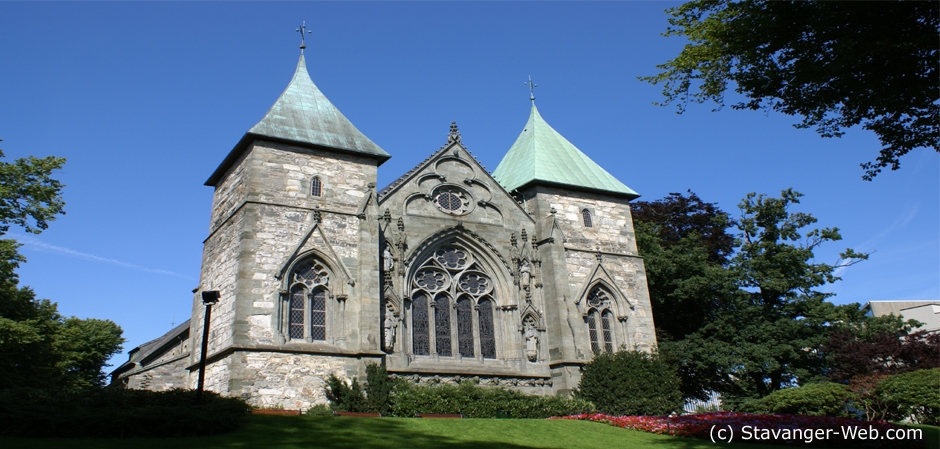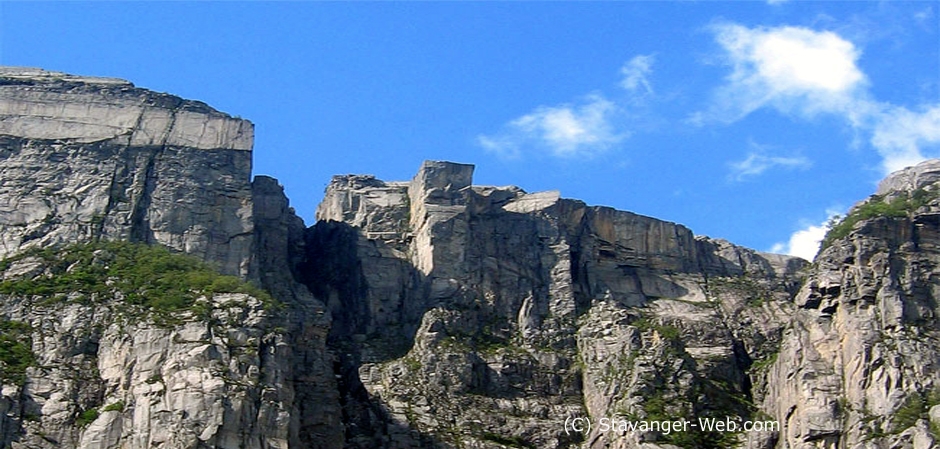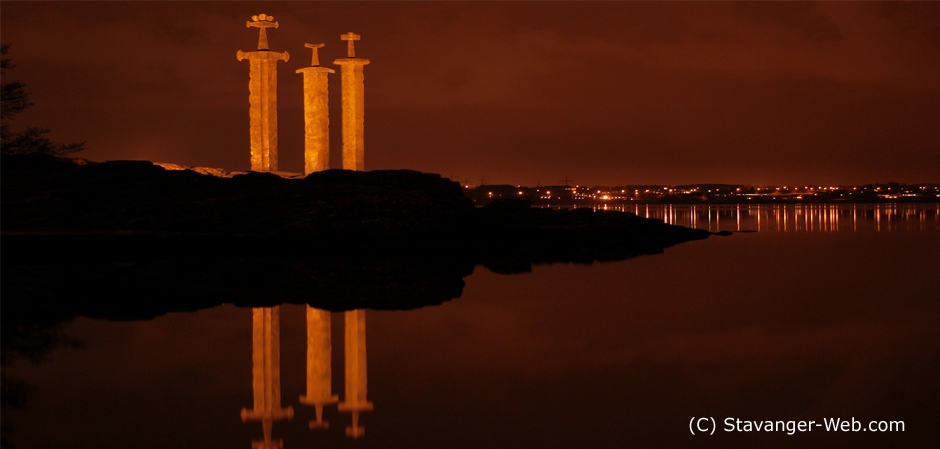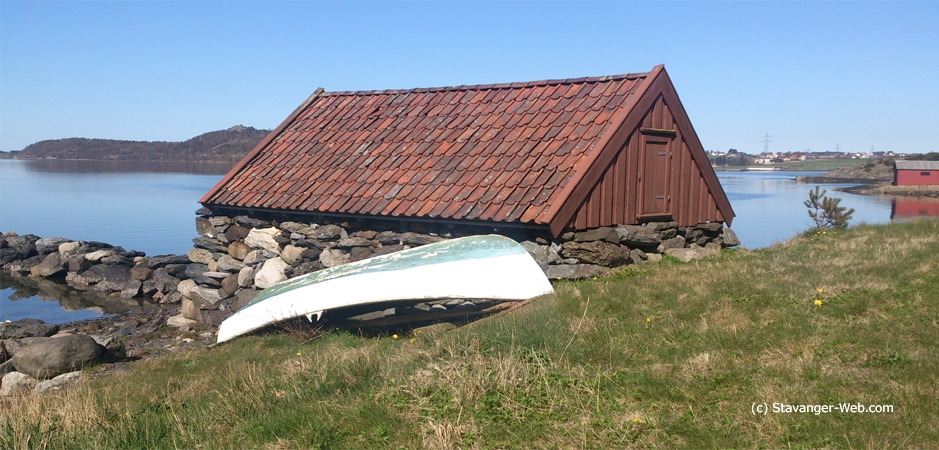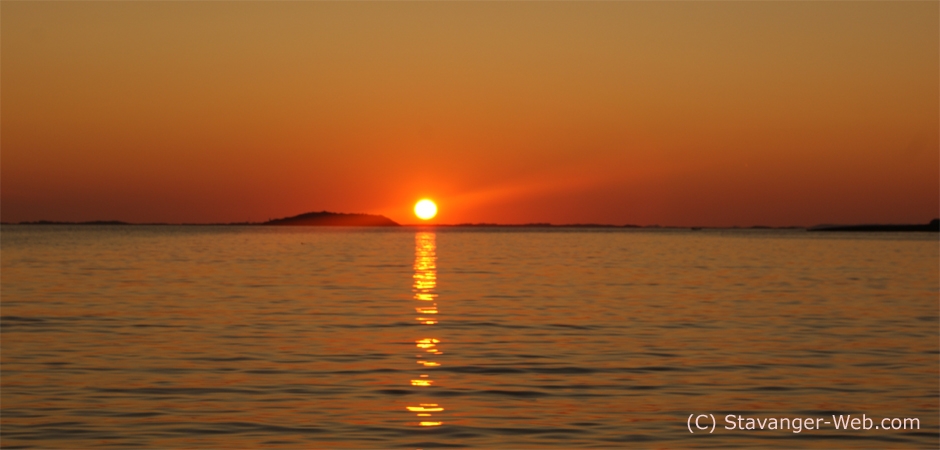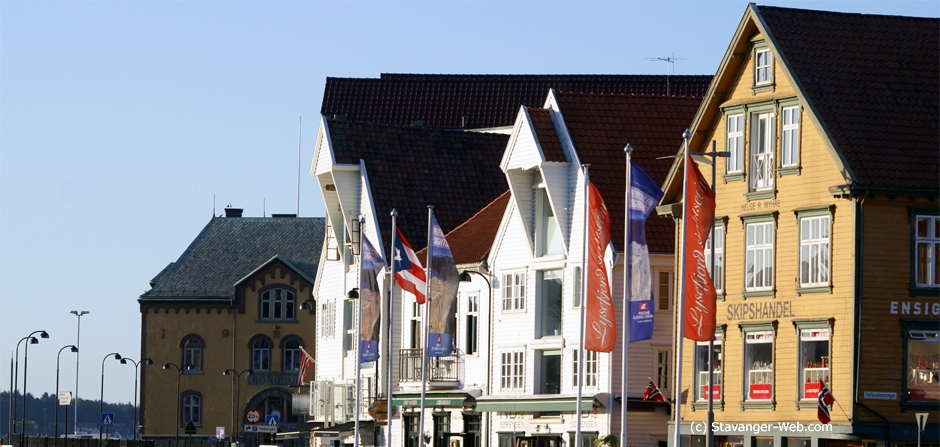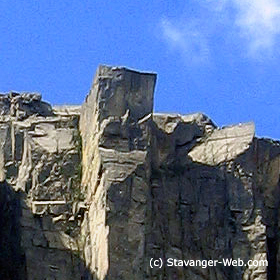Lysefjord & Lysebotn
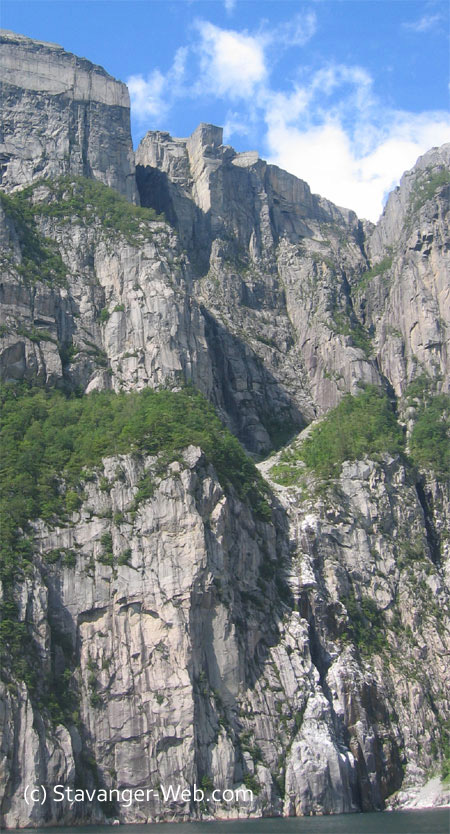
The Lysefjord
is the most southern major fjord in Norway. The 40 kilometer long fjord is flanked by steep mountains, some rising over 1000 meters. The fjord was formed during the last ice age more than 10.000 years ago. More than 2000 meters of ice covered Scandinavia at that time. When the ice melted, the glacier eroded the rocks below.
The best known attraction is "Preikestolen" or "Pulpit Rock". Read more about this here.
Lysebotn is a small village in the municipality of Forsand at the innermost end of Lysfjorden. Around 100.000 tourists visit Lysebotn each year. The village has a small chapel with room for 150 people. Inhabitants have moved out during the later years and several of the houses are now used as summer homes.
Lysebotn is a great place to start for mountain hikes.
Two power stations have been built in Lysebotn. Due to this, the power company wanted easier access and therefore built a 30 kilometer long road from Sirdal in West Agder county to Lysebotn in Rogaland county. The road, which is closed during winter, was completed in 1984. It consists of nearly 30 hairpin curves and a tunnel winding 340 degrees in the climb from sea level to approximately 800 meters.
Driving from Lysebotn to Sirdal is a magnificant experience. There are several places you can stop to take a rest and look at the stunning view. Near the top is the Eagle's nest (Øygardstøl) - a rest area where you can buy food and drink and also park your car if you would like to take the 5-6 hour hike to Kjerag and back.
A little bit further up the road you will drive through barren mountain areas where people have made cairns in all shapes and sizes. Building cairns on mountain tops is an old Norwegian custom when hiking. The highest point on the road is about 930 meters above sea level.
The drive back to Stavanger goes through Sirdal and Hunnedal and takes about two hours.
How to get there
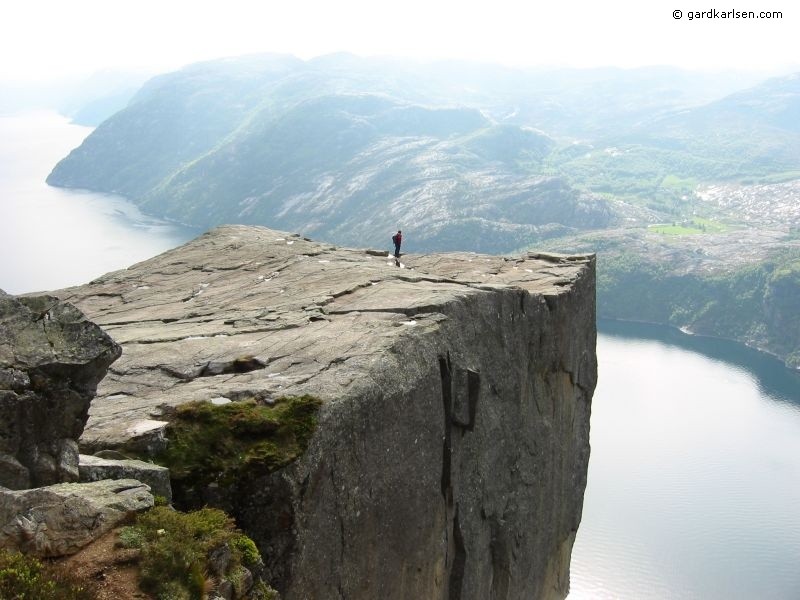
|
|
|
Pulpit Rock - view from Lysefjorden (c) Stavanger-Web
|
Fun Fact & Folklore |
Pulpit Rock was formed during the last ice age in Europe - around 10 000 years ago. The glacier reached the edges of the cliff breaking off large blocks of surrounding the cliff. There is a large crevice which will at some point in time, lead Pulpit Rock also to fall. When this happens a large tsumani will occur in the Lysefjord and surrounding areas. The crevice is measured regularly and there is no indication that this will happen soon. Folklore says that Pulpit Rock will not fall down before the day when seven sisters marry seven brothers from the Lysefjord area.
|
